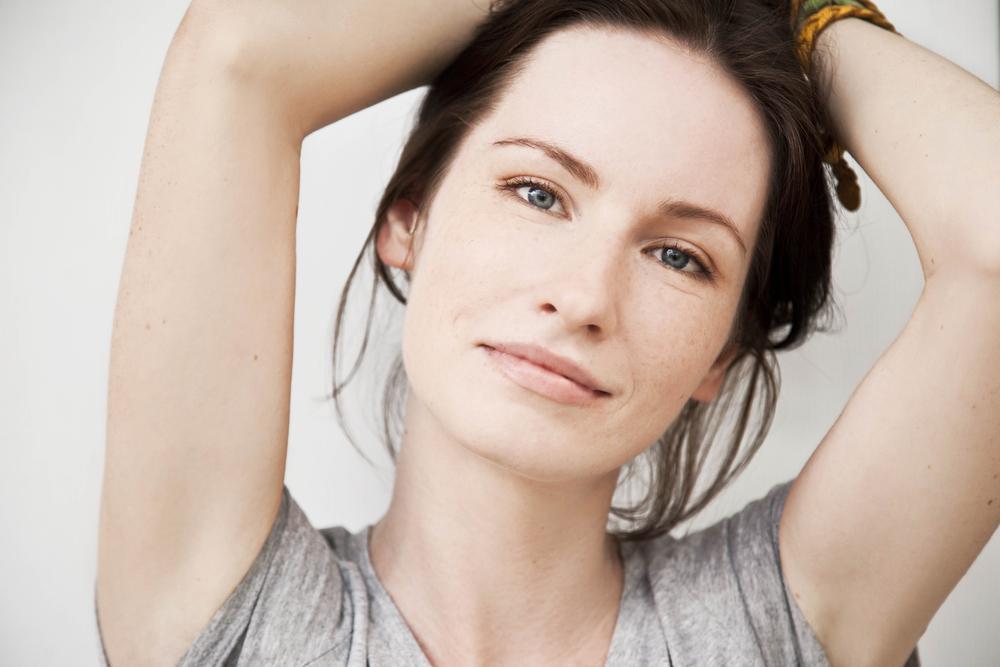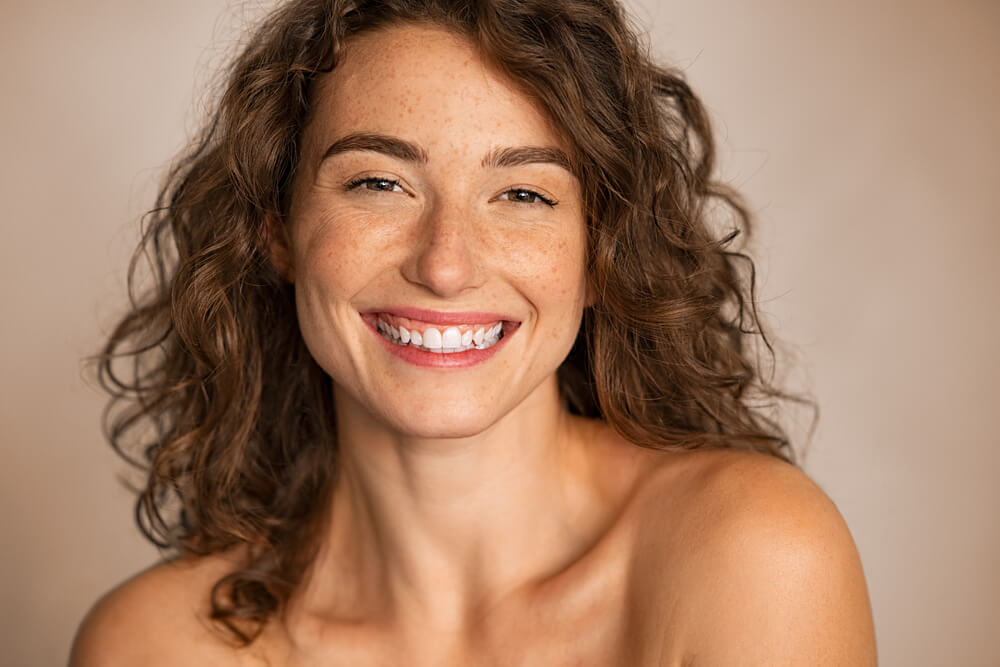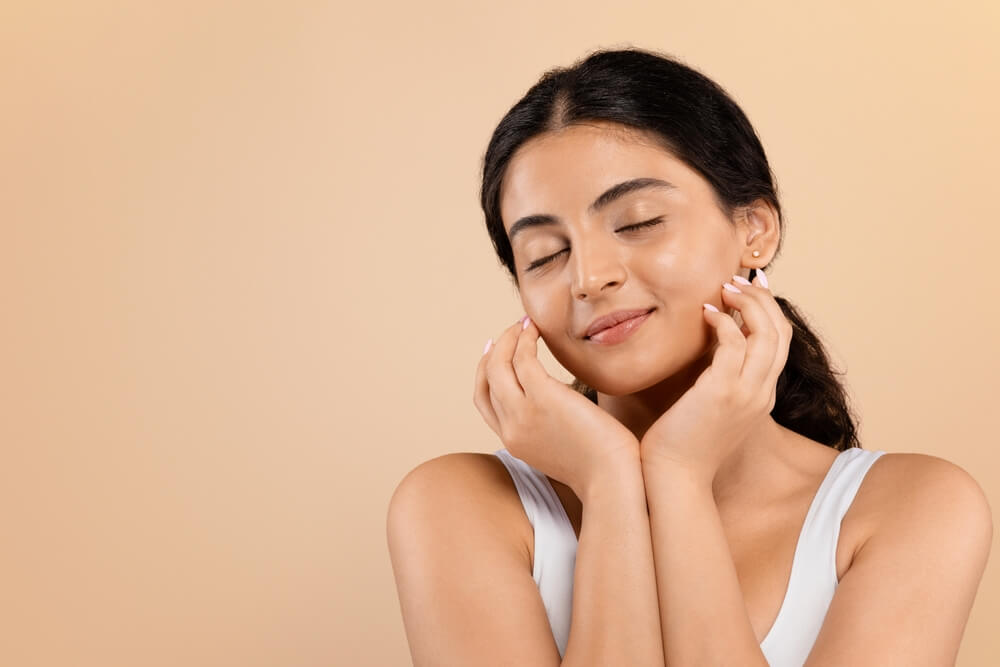How often have we heard sentences which begin like this: “As soon as I hit my (insert milestone age – 30’s, 40’s, 50’s 60’s here), I began to notice (insert some kind of age-related woe – gaining weight, thinning hair, appearance of wrinkles, etc.)” Why is it that certain signs of aging seem to correlate with certain ages? Does the body know how old it is? Does it say, ” Well, I’m 30 now, time to slow down the metabolism a little? ” or, “Gee, I’m going to be fifty soon, better start working on those spider veins?”
Well, yes and no.
While your body may not be aware of your birthdate, you do have a biological age and that means you can expect to experience certain changes at certain times, and while the degree to which this corresponds to your actual age may vary depending on certain factors, there are certain things you can pretty much expect to occur when you hit the decade markers.
According to dermatologist Elizabeth Tanzi, co-director of the Washington Institute of Laser Surgery, you can chalk it up to hormones. “Hormones can have a dramatic effect on hair, skin, and nails. Changes in our hormones, from puberty, pregnancy, menopause, and even stress, drive the changes in our skin as we age.”
Estrogen is probably the biggest hormonal ninja. It’s the one that keeps our skin plump and smooth in our in our twenties, and then starts to decline in our thirties taking all that lovely collagen and elastin with it. However, there are ways to outfox even the foxiest hormone, and stay foxy well into your thirties and beyond. Read on to find out how.
What Happens to Skin in Your 30’s?
Estrogen is at its peak during your twenties, and you know what happens after anything hits a peak.
When you hit your third decade, levels of estrogen to sink, which means a decrease in collagen and elastin, responsible for keeping the skin taut, and hyaluronic acid, which helps skin maintain its fullness. Cell turnover will also begin to slow, and you’ll notice that your skin doesn’t recover as well from inflammation, and dryness and acne are likely to appear.
In short, the thirties mean thinner, dryer skin, more exaggerated expression lines on the forehead, the formation of age spots, and an increase in rosacea and acne flare-ups.
What can you do about it?
Although there is not much you can do safely do in terms of estrogen replacement, there are ways to increase collagen and reverse volume loss. Rachel Nazarian, MF and assistant clinical professor of dermatology at Mount Sinai advises the addition of a product rich in retinol, a derivative of vitamin A that amps up collagen production, smooths wrinkles, and plumps skin. Prescription strength retinol may be obtained with a dermatologist’s consent, while milder forms are widely available in retinol containing creams and serums on the market.
Expression Lines In the Forehead
We’ve all heard of un-shockable people. Those rare individuals who can hear the most jarring news and maintain absolute composure – those who can see or hear anything without expressing surprise or raising an eyebrow.
If you’re one of those few, consider yourself lucky.
For other 99 percent of us, here are some tips for dealing with those pesky expression lines in the forehead, a well- known side effect of turning 30.
1. Makeup Primer
There are few imperfections that makeup can’t make at least a bit better, which is a reason why we tend to buy more of it as we grow older. When it comes to creating a smooth base for your makeup, it’s not as much about the foundation as what goes under it. Light reflecting primers can camouflage lines, and keep makeup from settling into furrows. Look for tinted under makeup primers to help fill in creases to create a more even appearance.
2. Line Plumping Cream
Dr. David Bank, MD and dermatologist in Mount Kisco, NY suggests using a moisturizer with retinol and retinoids or peptides to stimulate collagen production to fill in fine lines and wrinkles and keep skin plumped. Use a peptide-packed day cream with SPF and a deep wrinkle filler with retinol and night for targeted application.
3. Bangs
Hello bangs, goodbye wrinkles. Cutting bangs is perhaps one of the easiest, safest, most effective, and stylish wrinkle solution, and who doesn’t look good in them? While soft bangs that skim the eyebrow are the best for hiding wrinkles, hairstylist Rodney Cutler also emphasizes the importance of a good part. Says he, “Make a low side part right above your pupil – a center part will only draw attention to the forehead by framing it.”
4. Frownies
If your dreams tend to be rather dramatic, you may want to consider investing in “Frownies Forehead and Between the Eyes.” These stiff adhesive “bandages” are dermatologist favorites for holding skin in place to prevent brow furrowing during sleep. Jessica Wu, board-certified dermatologist and assistant clinical professor of dermatology at the University of Southern California says, “If you wake up with creases from scrunching your face in your sleep, these patches can help.”
5. In-Office Treatments
Of course, if all else fails, in- office procedures are always an option. Botox and Dysport are the only guaranteed fixers of forehead furrowing, and you will need to be prepared to make follow up visits to maintain results ever 3 to 6 months at 400 a pop, however, the effects may be worth it. Deeper lines may call for fillers such as Restylane or Juvederm, which cost about $450-$750 per injection, but you can expect results to last up to a year.
Skin Care Regimen For Your 30’s
Essence is Essential
Now that the thirties have officially become the new twenties, they have likewise become the new age for baby making, and although pregnancy has been associated with making skin ‘glow,’ it can also be associated with flakes and stinging. According to New York dermatologist, Whitney Bowe, “During pregnancy, skin loses moisture more easily and absorbs products more readily, as the hormone progesterone dilates blood vessels, heightening sensitivity.” While dilating blood vessels can cause the reputed radiance, the sensitivity can cause less desirable results.
Even if a baby is not on board, women in their 30’s can “grow into rosacea during this phase and suffer flare-ups from stress, exercise, or eating certain things,” says dermatologist Doris Day.
The fix? Leave out the foaming cleansers, preservatives, and fragrances that strip skin of moisture, and add in a hydrating toner or essence to keep skin moisturized and irritation free.
Exfoliation Pads
Exfoliation is key at any age, but in the thirties it can be an especially effective means of preventing pimples. Bowe stresses the importance of boosting cell turnover at this age, and advises bi-weekly exfoliation to keep the complexion fresh and bright. While it may seem that sensitive skin may not respond well to a peel, mild chemical exfoliation actually stabilizes the skin’s moisture barrier which makes it better able to retain hydration while clearing pores to fight acne. Look for pads with a mixture of antioxidants and soothers like squalene, hyaluraonic acid, and rose water.
Brighteners
When the glow of the estrogen rich twenties begins to wear off, so too does the glow of the complexion. One of the most common skin issues plaguing the over thirties is buildup of pigment. Sunspots, acne scars, general dullness, and melanoma patches that arise during pregnancy all need to be dealt with without causing skin further irritation.
Although hydroquinone was once the go-to skin brightener, it has since been unseated by plant-based, milder options such as vitamin C, arbutin, licorice, soy, and kojic and linoleic acid. These brighteners may be included in peel pads and sunscreens, but more concentrated amounts can be found in serums.
All Eyes On the Eyes
While you’re working on expanding your biological family, you may also want to work on expanding your family of skin products. The need for eye cream is a fact of life for thirty-somethings, as the thin-skinned eye area will begin to display lines from crow’s feet at this age. Bowe says that this is the age “when a lot of young moms start coming in for hyaluronic acid filler injections under the eyes.” However, if syringes are not your option of choice, or even if they are, you should definitely begin to administer a dose of eye cream twice daily. Creams with peptides, antioxidants, and hyaluronic acids are best for plumping hollowed out areas, while caffeine can target blood vessels to firm skin.
Sun Protection
Every decade added should mean added vigilance to protecting skin from the sun, and the thirties is no exception. Sunscreen is always crucial, and the passing the big 3-0 may means its time to upgrade your formula. Sunscreens with titanium dioxide and zinc oxide are not only less likely to irritate sensitive skin, they also “do a better job of keeping everything out,” say Day.
It’s not only UVA and UVB, but all light wavelengths that can cause wrinkles and brown spots, so that, as Bowe puts it, means, “being sun-smart in your 30’s means more than just sunscreen.”
Thirty-somethings need to be sure to include antioxidants in their skin care routine to keep free radical neutral and prevent injury to collagen. Edible oxidants are important as well. Make sure to get the full rainbow of veggies and fruits.
What You Should Know
Now that you know what’s going on with your thirty-year-old skin, it’s time for the down low. Here are a few precious gems that will carry you into your thirties looking like a million.
1. Skincare does not end below the chin…
But according to makeup artist Fiona Stiles, “your face ends at your nipples.” When it comes to adequate moisture and broad-spectrum sun protection, Stiles says, “Don’t stop at your jawline, and don’t stop at your neck. Keep. On. Going. Down. You’ll be grateful you did when your neck and décolletage age as gracefully as your face.”
2. Embrace the Base
If you spent your teens thinking foundation was a product reserved for moms, might be time to call yours up and ask her which one she recommends. Foundation may a product that becomes less optional as we age, but that doesn’t mean we should hate on it.
Kate Erikson, beauty writer, says, “Foundation is constantly vilified, but I think its the best thing ever. Modern foundations are actually lighter in coverage than some tinted moisturizers. People don’t think I wear makeup, but I am a very proud foundation lover.”
You go, girl!
If you’ve only been dipping your toes in the shallow end of the foundation pool, and are looking to make the big jump, try experimenting with the many newly available makeup sponges, which will help you deal with the skin issues that develop with the passage of time. Celebrity makeup artist Nick Barose says, “Using a dampened beauty blender is the best trick for foundation that never looks blotchy.”
3. Sleep Like You Mean It
Nighttime is the time when all the magic happens, and you need plenty of time to let your skin go to work. Los Angeles dermatologist Jessica Wu says, ” Studies show that sleep deprivation makes your skin dehydrated and tired looking. Aim for seven to nine hours of beauty sleep per night.”
4. Highlighters Are A Great Temporary Fix
Okay, so sometimes things happen and sleep doesn’t. So what are you going to do? Thankfully, there are always some morning after tricks a girl needs to keep up her sleeve for those less productive sleep sessions. A dab of highlighter applied to the inner corners of the eyes can instantly make you look more alert and awake. No highlighter? Light colored eye shadow will do a decent job in a pinch.
5. Become Your Own Makeup Artist
Literally! Sometimes, the perfect shade just doesn’t exist. Just take a page from the book of Glamour senior editor Lindsay Schallon. “After I dyed my hair red,” she says, “I quickly learned my brown brow pencil wasn’t going to work anymore. So I bought an auburn pencil, and that just looked fake. Then I combined the tow and magic happened. It made my brows look multidimensional, more similar to my new hair color.”






Leave A Comment